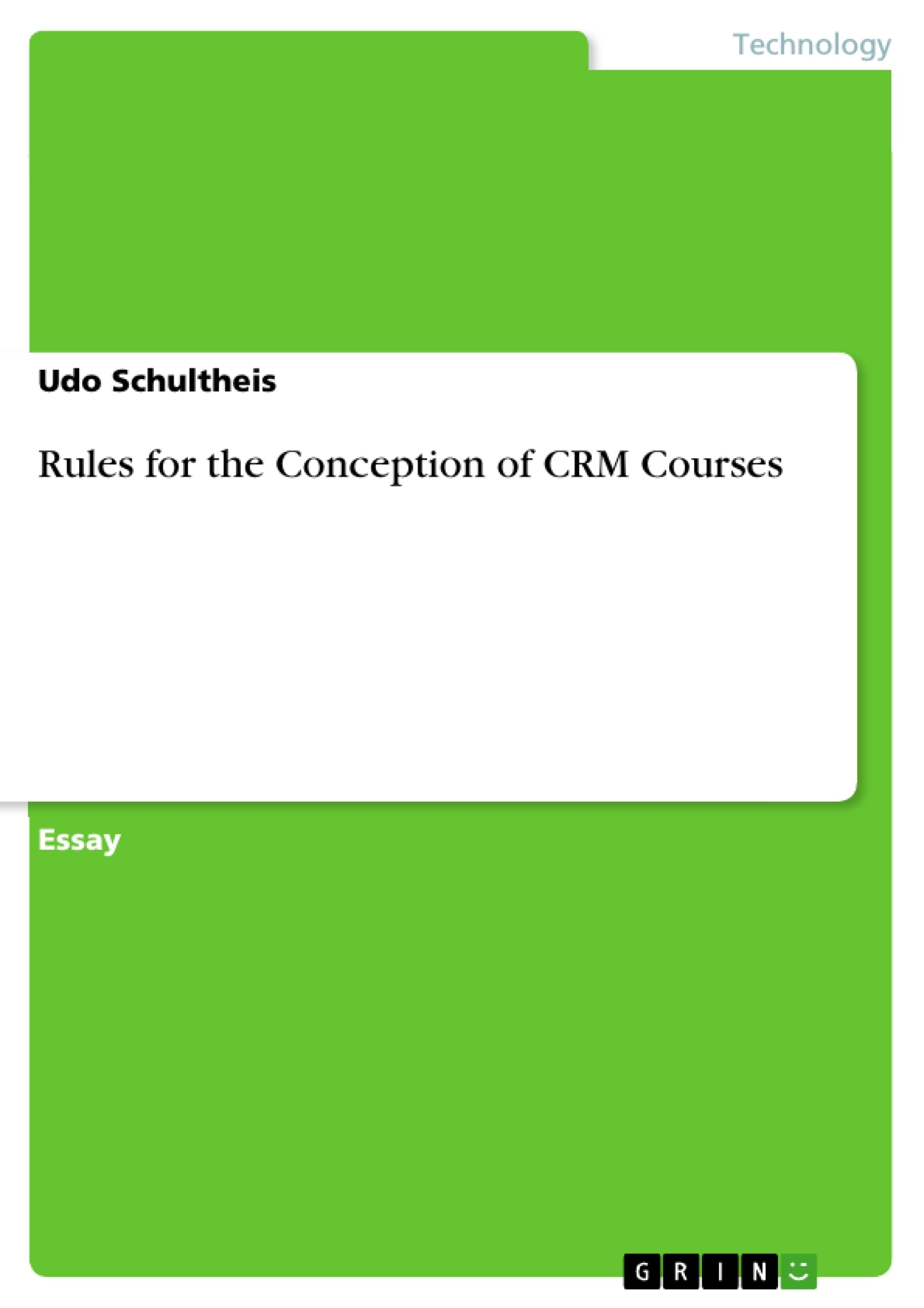The paper provides basic rules for the concept of Crew Resource Management (CRM) Courses in Aviation and other related fields.
The development in the United States has already reached a traditional status. Accordingly there are already several general proposals for the conception of such training “on the market” (e.g. FAA AC No. 120-51E, NASA etc.). This was done with great expertise and by gathering experts of NASA ((e.g. Lauber, J. K. (1987). Cockpit Resource Management: Background and Overview. In NASA Conference Publication 2455, Page 5 – 14)), well known scientists working in the field of aviation psychology ((e.g. Helmreich R.L. (1993). Wither CRM? Future directions in CRM Training in the Cockpit and elsewhere. Proceedings of the Seventh International Symposium on Aviation Psychology. Columbus: Ohio State University)) and experts from flying companies ((e.g. Butler , R.E. (1991). Lessons from Cross-fleet / Cross-airline Observations: Evaluating the Impact of CRM / Loft Training. Proceedings of the Sixth International Symposium on Aviation Psychology. Columbus: Ohio State University)). Out of these documents the following suggestions for planning and establishing CRM courses are to find:
a) The training shall reflect on the function of the CREW as an intact and good working team. This means it shall incorporate besides the cockpit-crew:
- Cabin-personal
- Dispatch-personal
- Maintenance-crew
- The corporate culture
- Air traffic control
- Etc.
The earlier term Cockpit Resource Management changed into Crew Resource Management. This expresses that the Crew in the cockpit has important safety relevant clashes with a great number of other personal in the aeronautical traffic system.
- Quote paper
- Dr. phil. Udo Schultheis (Author), 2009, Rules for the Conception of CRM Courses, Munich, GRIN Verlag, https://www.grin.com/document/132614
-

-

-

-
Upload your own papers! Earn money and win an iPhone X. -

-
Upload your own papers! Earn money and win an iPhone X. -

-
Upload your own papers! Earn money and win an iPhone X.

